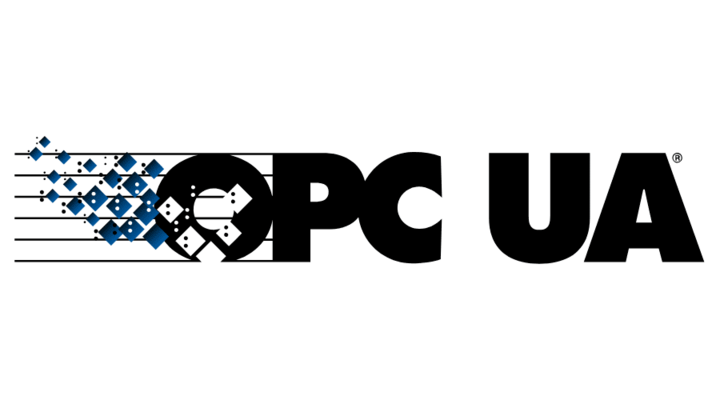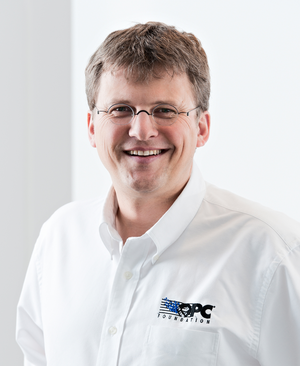OPC Foundation announces today that its Field Level Communications Initiative has accomplished a significant milestone in the ongoing project by completing their initial release candidate with the focus on the Controller-to-Controller (C2C) use case. In addition, a technical paper has been published that explains the technical approach and the basic concepts to extend OPC UA to the field level for all use cases and requirements in Factory and Process Automation.
Peter Lutz, Director Field Level Communications of the OPC Foundation says: “We are happy about the progress that our working groups have made over the last months, despite COVID-19 and the associated restrictions. The initial release candidate is a major achievement because it is used to build prototypes and to create test specifications that will be converted to corresponding test cases for the OPC UA certification tool (CTT). Furthermore, it lays the foundation for specification enhancements to also cover the Controller-to-Device (C2D) and Device-to-Device (D2D) use cases in the next step.”
Since the start of the Field Level Communications Initiative in November 2018 more than 300 experts from over 60 OPC Foundation member companies have signed up for the various technical working groups to create the technical concepts and elaborate the specification contents for extending the OPC UA framework for field level communications, including Determinism, Motion, Instruments and Functional Safety.
Thomas Brandl from Bosch Rexroth, who is chairman of the Field Level Communications Initiative’s Steering Committee, comments: “It is remarkable how many companies – including the major automation suppliers and key technology providers from all over the world – are contributing to our initiative and how constructively all the experts work together to advance the common goal of bringing OPC UA to the field level.”
The initial release candidate of the Field Level Communications Initiative consists of four specification parts (Parts 80-83) and focuses on Controller-to-Controller (C2C) communication to exchange process data and configuration data using OPC UA Client/Server and PubSub extensions in combination with peer-to-peer connections and basic diagnostics:
Part 80 (OPC 10000-80) provides an overview and introduces the basic concepts of using OPC UA for field level communications.
Part 81 (OPC 10000-81) specifies the base information model and the communication concepts to meet the various use cases and requirements of Factory and Process Automation.
Part 82 (OPC 10000-82) describes networking services, such as topology discovery and time synchronization.
Part 83 (OPC 10000-83) describes the data structures for sharing information required for Offline Engineering using descriptors and descriptor packages.
A vision to establish OPC UA as a fully scalable, standardized industrial interoperability solution, from sensor to cloud
Progress has also been made by two other working groups of the Field Level Communications Initiative, contributing to a harmonized solution for motion and safety applications:
The Safety Working Group will soon publish Version 2.0 of the OPC UA Safety specification (OPC 10000-15) that includes extensions for OPC UA PubSub and originates out of a cooperation with Profibus International. The Motion Working Group has started work in May 2020 to develop an architecture and common information model for motion devices in cooperation with ODVA and Sercos International. The Advanced Physical Layer (APL) and Time-Sensitive Networking (TSN) are critical important technologies for OPC Foundation in their strategy to bring OPC UA down to the field level. Therefore the following cooperations have been established:
The OPC Foundation has joined the Advanced Physical Layer Project Group (APL) to support the development and promotion of an advanced physical layer (APL) for Industrial Ethernet, suitable for use in demanding applications and hazardous locations in the process industry. The OPC Foundation has established liaisons with IEC SC65C as well as IEEE 802.1 in order to support and align with the IEC/IEEE 60802 TSN Profile for Industrial Automation which is essential to build converged industrial automation networks.
Stefan Hoppe, President OPC Foundation: “Because of its versatility and manufacturer independence, OPC UA is already today used in many different industrial applications and is being supported by various initiatives in process and factory automation. The OPC UA extensions specified by the Field Level Communications Initiative are a key driver to support the vision of the OPC Foundation to establish OPC UA as a fully scalable, standardized industrial interoperability solution, from sensor to cloud.”



















